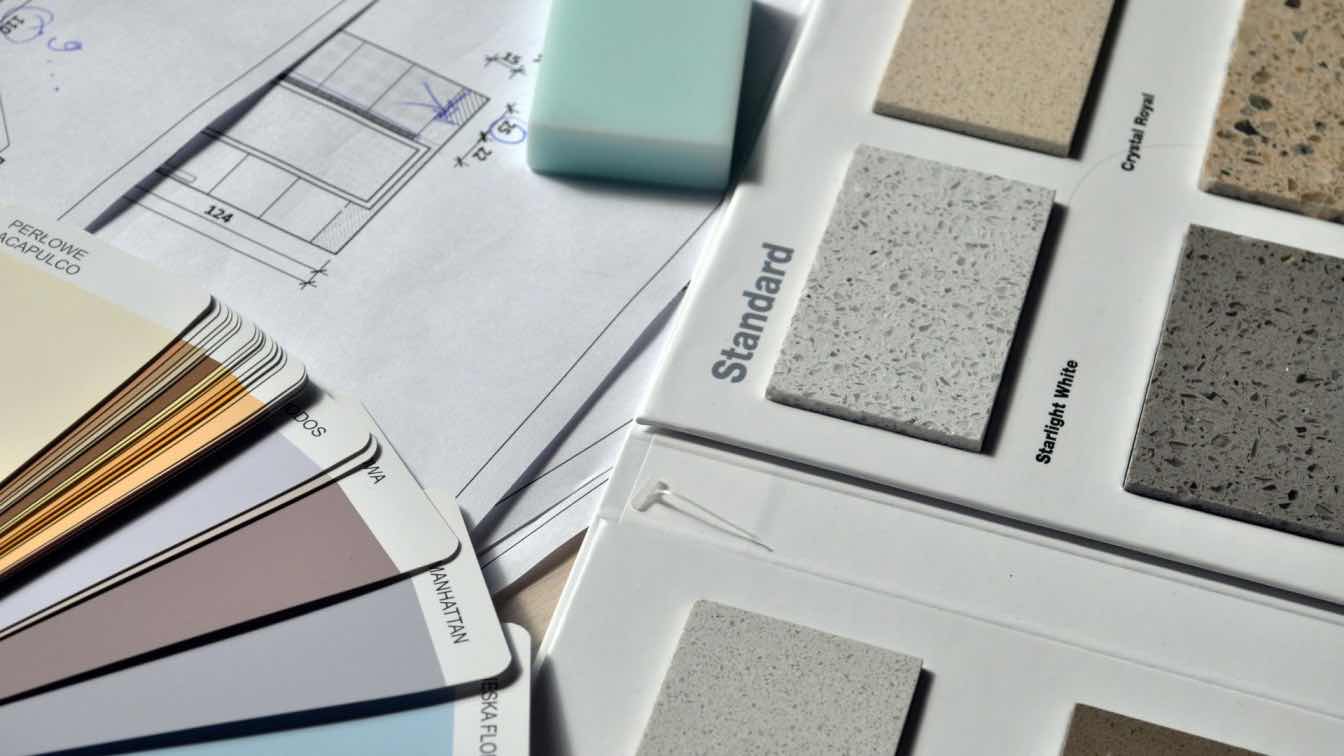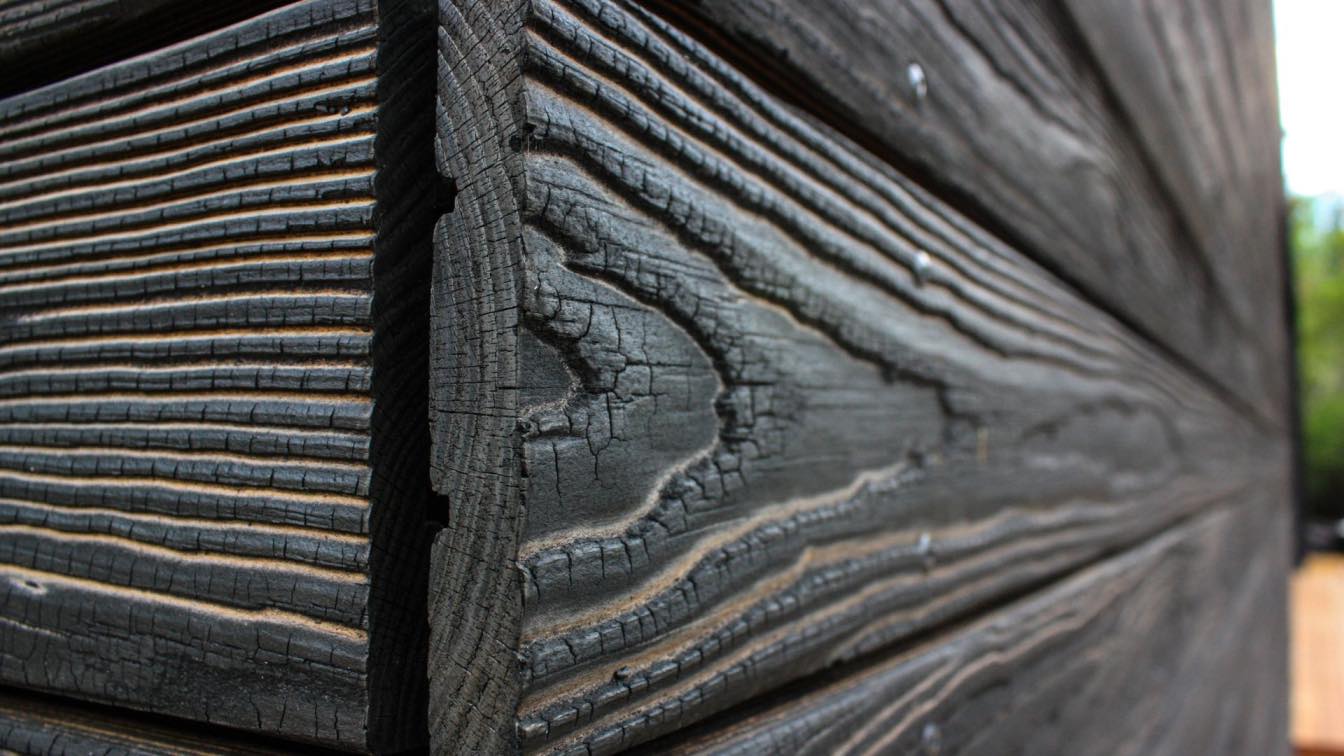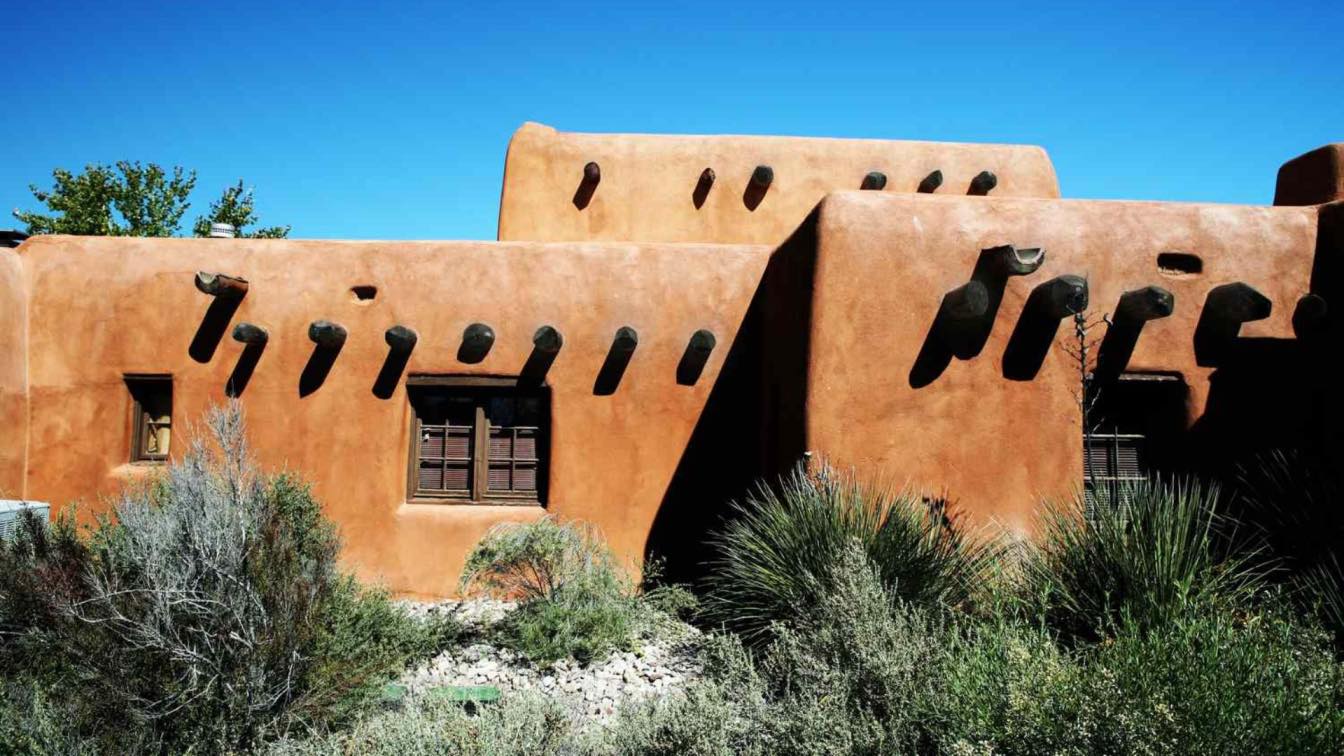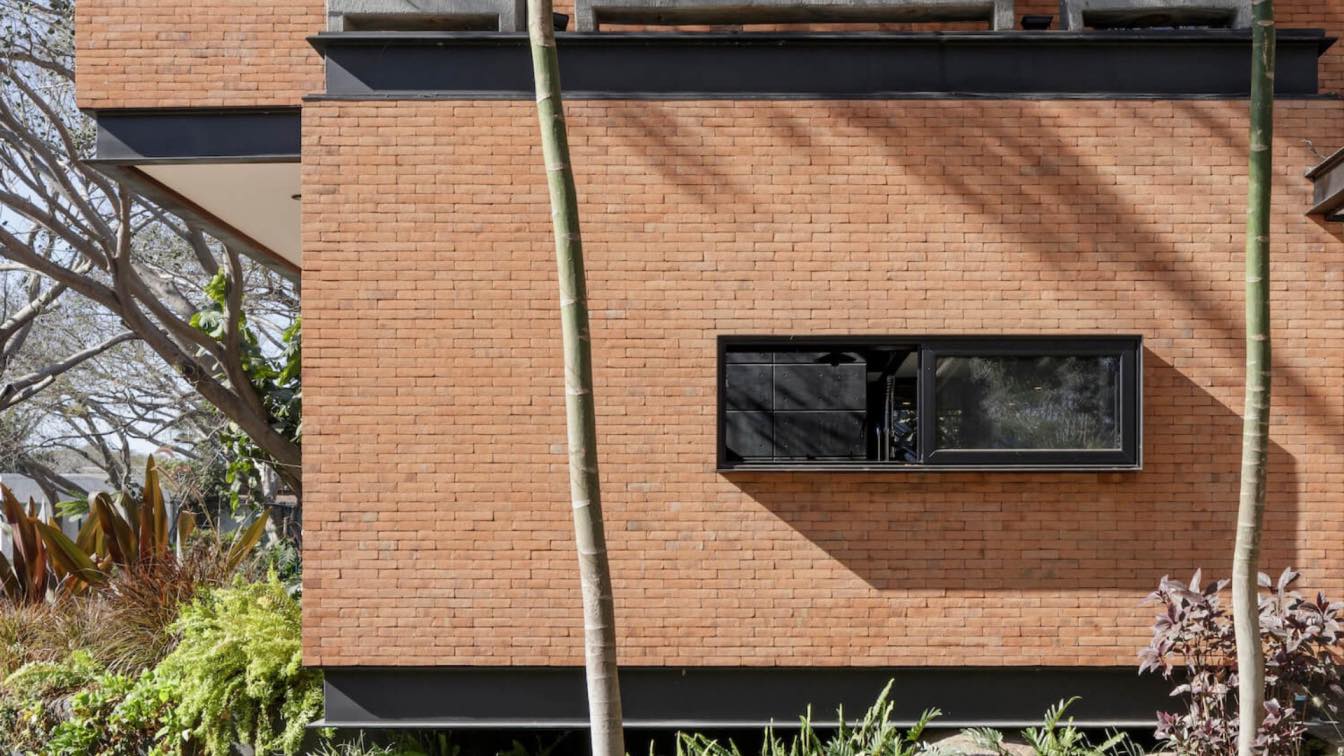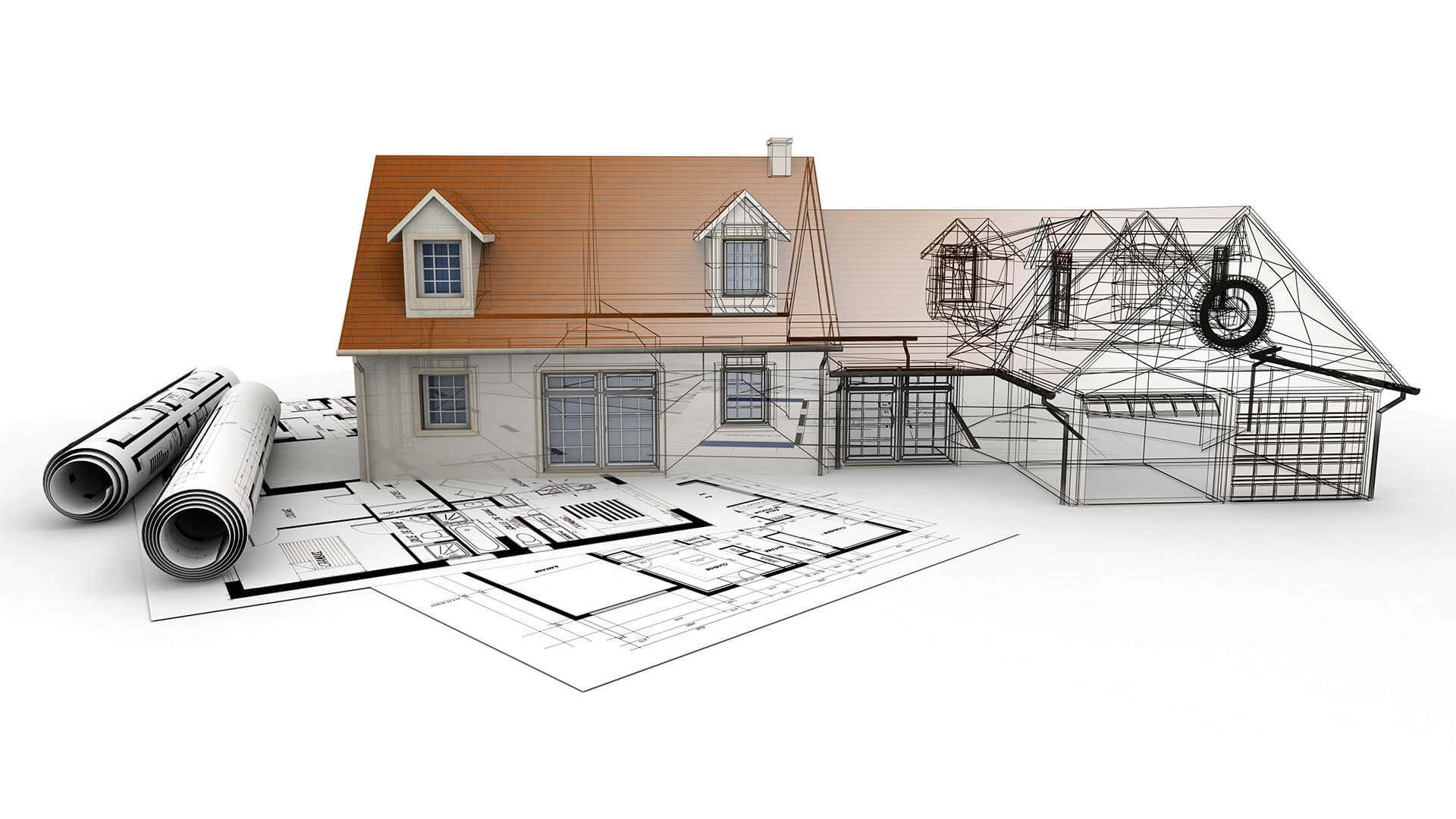The future of construction and design materials is bright, with numerous innovations to enhance how we build. All of the abovementioned approaches contribute to a more efficient, sustainable, and aesthetically pleasing built environment.
Written by
Liliana Alvarez
Gravel, with its multifaceted applications and benefits, remains an indispensable material in construction and landscaping. Whether you plan to use it for a simple garden path or an avant-garde architectural marvel, understanding gravel and using it correctly can make a big difference in the results you achieve.
Shou Sugi Ban, also known as Yakisugi, is a traditional Japanese method of wood preservation that has been used for centuries. It involves charring the surface of the wood with fire, which creates a unique aesthetic and improves its durability. In recent years, this technique has gained popularity in modern architecture for its striking appearance...
Photography
Yakisugi Cladding Shou Sugi Ban New Zealand
Historically, people in a certain area, region, or country have utilized certain materials, known as "traditional materials," to create homes and other structures. Yet if there isn't enough flint in a certain county, a material that is considered traditional in one area may not be accepted as such in another.
Photography
P_Wei / Getty Images
Whether you’re building a house, industrial property, or any manmade structure, you need to consider the type of material being used. The most common types of material are bricks, metals, aggregates, clay, and concrete, but there are many more options to choose from. Your choice will come down to cost-effectiveness, ease of access, and purpose.
Written by
Kristina Lozanova
Photography
Lorena Darquea (cover image)
The building industry utilizes a range of construction materials for the many elements of a home structure. Architects are discussing the load-bearing capacities of the materials they create with structural engineers.
Written by
Benjamin Brauer

